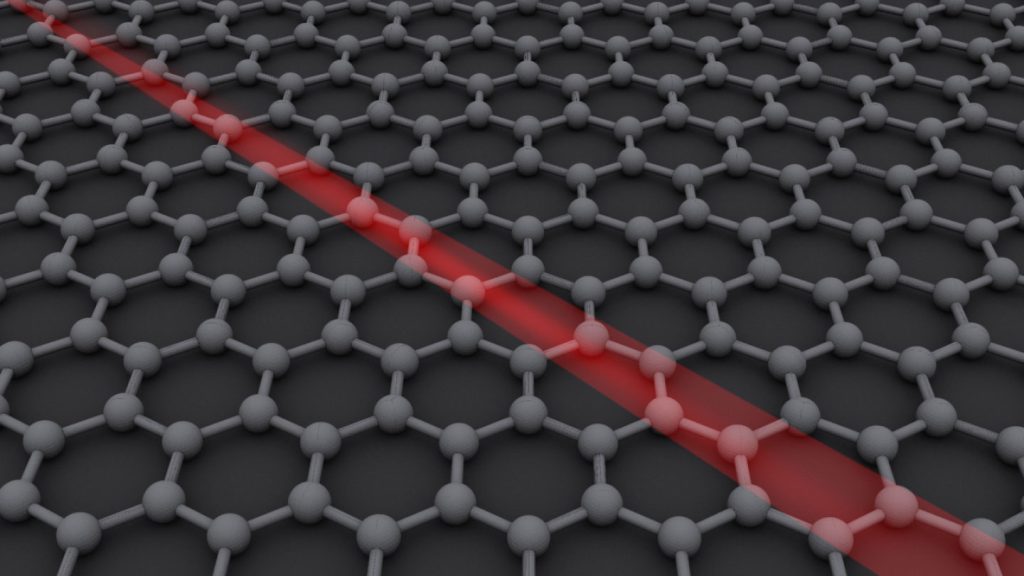A modified transmission electron microscope called an attomicroscope has been developed to capture images of extremely small objects, such as atoms or clouds of electrons. It uses a beam of electrons to provide higher resolution images than conventional microscopes. By using a laser to chop the electron beam into ultrashort pulses, researchers are able to capture images of electrons in a sheet of graphene every 625 attoseconds. This allows for the visualization of electron movement through graphene under laser illumination, with the microscope being able to show regions of high and low electron density.
While the microscope is not yet able to capture images of a single electron due to limited spatial resolution, it can create stop-motion movies depicting the movement of a collection of electrons through a molecule. This capability opens up the possibility of observing chemical reactions or studying how electrons move through complex structures like DNA. By understanding these processes, scientists hope to develop new materials or personalized medicines that could have a tangible impact on daily life.
Mohammed Hassan, one of the researchers involved in the development of the attomicroscope, notes that this new tool serves as a bridge between scientific discoveries in the lab and real-world applications. The ability to directly visualize electron movement in various materials could lead to advancements in multiple fields, from materials science to medicine. By providing researchers with a more detailed understanding of electron behavior, the attomicroscope has the potential to drive innovation in many areas.
One of the key advantages of the attomicroscope is its ability to capture images at an incredibly fast rate, with pulses occurring every 625 attoseconds. This rapid image capture allows for the monitoring of dynamic processes occurring on a microscopic level, giving scientists a greater insight into how molecules and electrons interact. By analyzing the data collected by the attomicroscope, researchers can gain a deeper understanding of fundamental processes in the natural world.
The attomicroscope is not only a powerful scientific tool for studying electron behavior, but it also has practical applications in industries such as materials science and pharmaceuticals. By observing chemical reactions in real-time or studying electron movement in biological molecules, researchers can develop new materials or drugs that are tailored to specific needs. This translation of scientific knowledge into tangible products highlights the potential of the attomicroscope to drive innovation and improve everyday life.
Science News is collecting reader questions about extreme heat and how it can lead to extreme weather events. As the planet’s climate continues to change, understanding the links between extreme heat events and weather phenomena is crucial. By engaging with readers and addressing their questions, Science News aims to provide a comprehensive overview of the impact of extreme climate events on our planet. Readers are encouraged to submit their questions and engage in a dialogue about the complex interactions between climate change, heat waves, and extreme weather events.


